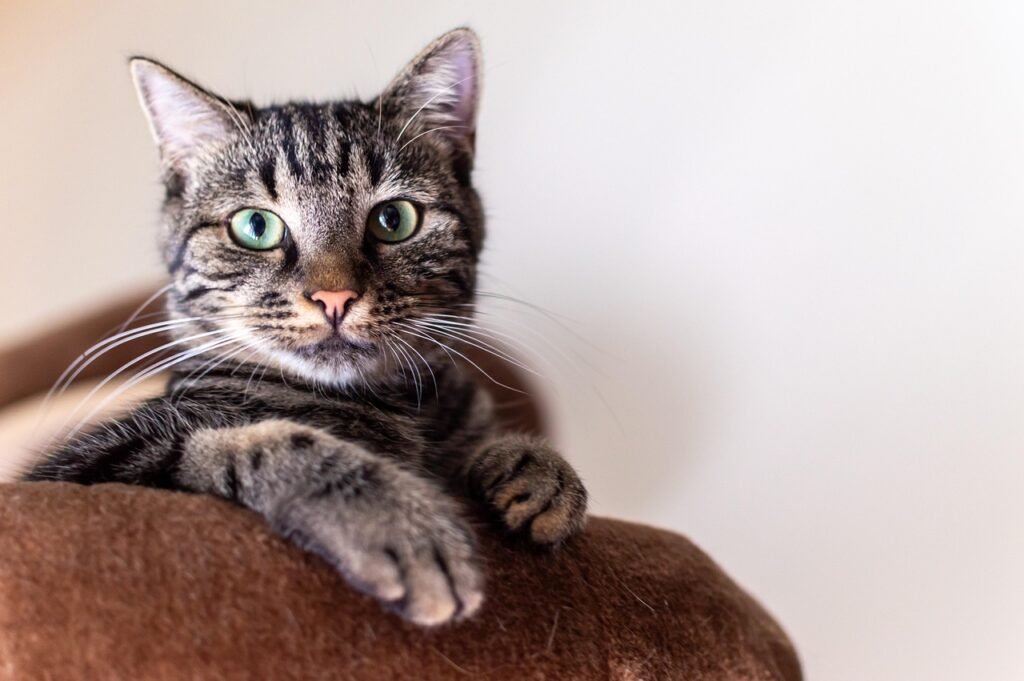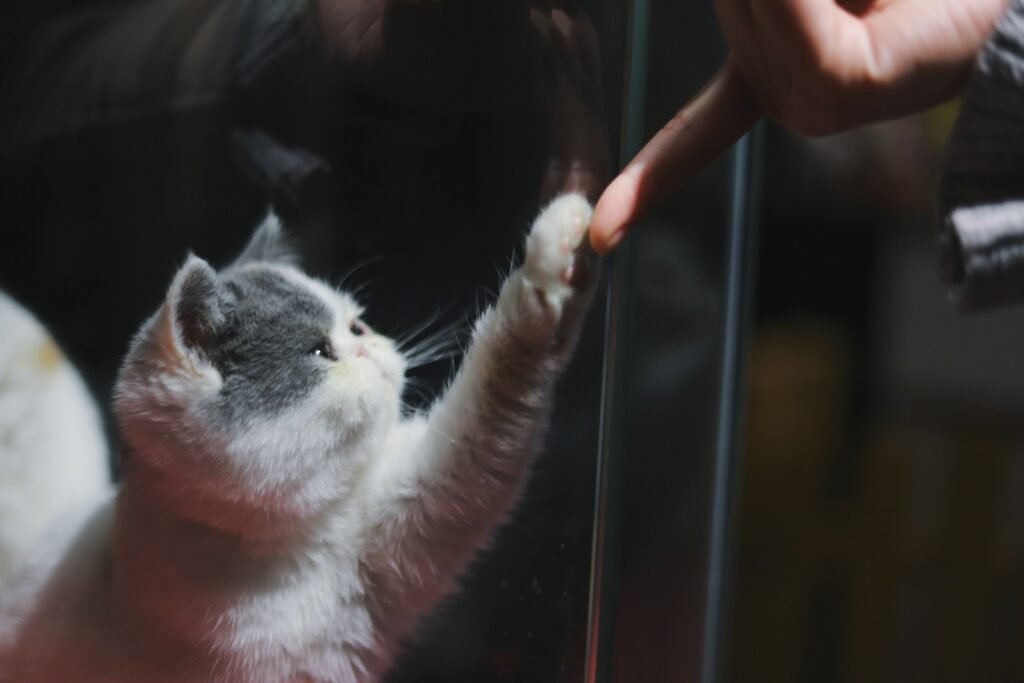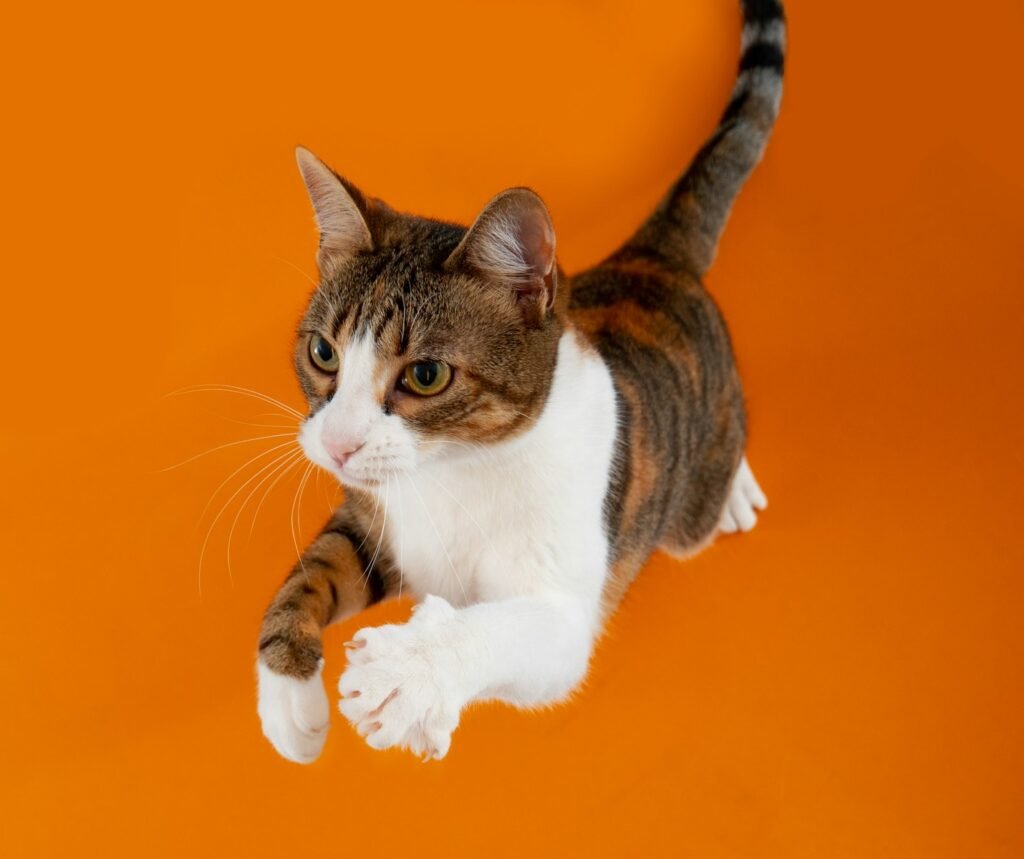The feline world is full of fascinating anomalies, and one intriguing feature is the occurrence of extra toes in some cats, a condition scientifically known as polydactyly. While most cats typically have 18 toes—five on each front paw and four on each rear paw—some possess more. This quirky yet harmless trait has piqued the curiosity of cat lovers and scientists alike, leading to a rich tapestry of legends and research.
The Genetic Basis of Polydactyly

Polydactyly is primarily caused by a genetic mutation. It typically involves a dominant gene that causes the formation of additional digits. When a cat inherits the polydactyl gene from either parent, the chances are high that it will exhibit extra toes, making this trait quite common in certain feline populations.
A Historical Overview

The history of polydactyl cats dates back to several centuries and is intertwined with seafaring tales. Sailors and explorers in Europe and America were known to keep these cats on board ships, believing they brought good luck and were adept at catching mice due to their extra toes. From these seafaring adventures, the cats spread across the world.
The Hemingway Connection

One of the most famous aficionados of polydactyl cats was the writer Ernest Hemingway. In the 1930s, a ship’s captain gifted Hemingway a six-toed cat named Snow White. His residence in Key West, Florida, is now home to numerous polydactyl cats, many of which are descendants of Snow White. These cats are often called “Hemingway cats” in his honor.
Cultural Significance and Folklore

Throughout history, polydactyl cats have been surrounded by myths and folklore. Some cultures considered them to be magical or bringers of good fortune. Their unique paw structure led to the belief that they were superior hunters and climbers. These myths have contributed to their allure and affection among cat enthusiasts.
Understanding the Anatomy

The extra toes of a polydactyl cat can vary in appearance and function. Typically, the additional digits are found on the front paws, sometimes giving the paws a mitten-like appearance. These extra digits may have claws of their own, which require regular care to prevent ingrown claws or discomfort.
Advantages in the Animal Kingdom

While polydactyl cats generally lead lives equivalent to their regular-toed counterparts, their extra digits can offer certain advantages. Some owners of these cats claim they are more agile or adept at climbing. Additionally, the wider paws provide greater stability and traction, especially in snowy or rocky environments.
Polydactyly Across the Globe

The prevalence of polydactyl cats varies by region. They are more commonly found on the East Coast of North America and parts of the United Kingdom. The geographic distribution of these cats hints at historical migration patterns and breeding practices among domestic cats throughout history.
Is Polydactyly a Health Issue?

Generally, polydactyly does not pose any significant health issues for cats. They typically live normal, healthy lives. However, owners should pay special attention to their claws and the possibility of ingrown nails or issues with weight distribution, primarily if the extra toes are positioned unfavorably.
Your Role as a Polydactyl Cat Owner

If you’re a guardian of a polydactyl cat, there are a few considerations to keep in mind. Regular grooming of their unique paws is essential to avoid health complications. Also, understanding and appreciating their special nature can lead to a more rewarding companionship.
Conclusion: Embracing the Unique

The polydactyl cat is a delightful and intriguing member of the feline world. Its genetic and cultural legacy spans continents and centuries, continuing to capture the imaginations of scientists and pet lovers alike. Whether sailors considered them lucky or cat fans honor them in literature, their unique heritage and anatomy make them a special subset of the domestic cat family. For those lucky enough to own one, they are not just a quirk of nature but a living piece of history.

Growing up traveling and experiencing new cultures and wonders, I have had a passion for nature, adventuring, photography, and videography. I am currently working towards a BSc in Biodiversity and Ecology at Stellenbosch University, and I hope to specialise in Marine Sciences one day.
Please send any feedback to Feedback@animalsaroundtheglobe.com






